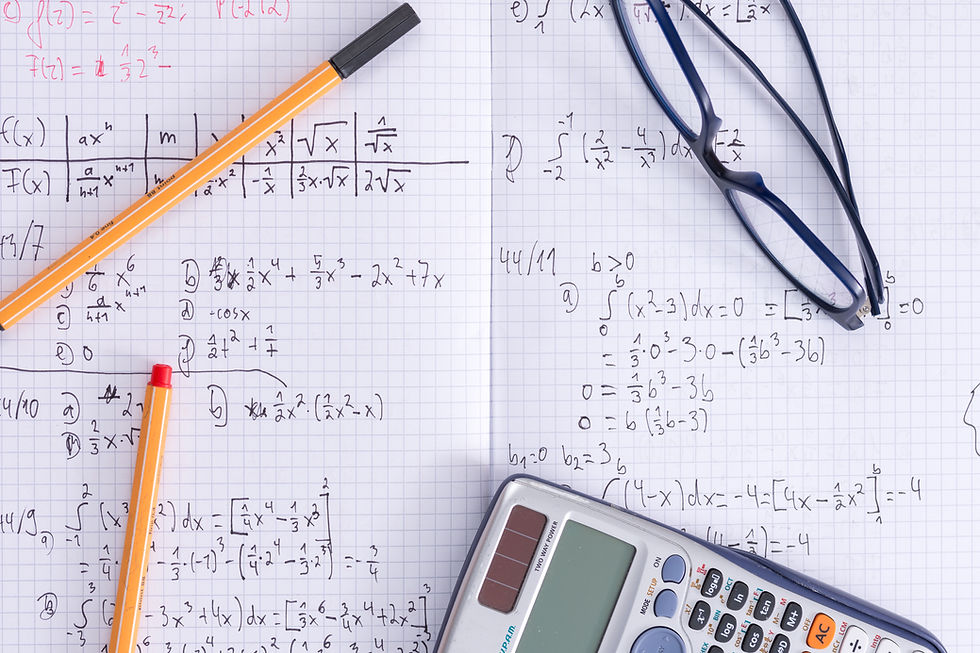The Transformative Impact of Purposeful Movement
- Kevin Liu

- Nov 28, 2023
- 2 min read

Movement is a fundamental aspect of human development and plays a crucial role in physical, cognitive, and emotional growth. From the moment of birth, movement is essential for the development of motor skills, coordination, and muscle strength. As children grow, movement continues to be a key component in their development, helping to shape their sensory processing, spatial awareness, and overall physical capabilities. Movement is also closely linked to cognitive development and it has been shown to enhance brain function, improve attention and concentration, and facilitate the learning process. Additionally, movement provides opportunities for social interaction, communication, and emotional expression, which all contribute to the holistic development of individuals throughout their lifespan. Ultimately, movement is an integral part of human development, influencing various aspects of physical, cognitive, and emotional growth.
The power of movement in schools and learning cannot be overstated. Here at Lang when students engage in movement, whether it's through physical education classes, recess, planned or guided movement breaks, differentiated seating/desk options or integrated into classroom lessons during the school day, they are able to release pent-up energy, improve their focus, and enhance their ability to learn. Movement also helps to stimulate the brain and promote the development of neural pathways, which can lead to improved memory and retention of information.

Movement in practice at Lang…
A student new to the school is selectively mute and has trouble engaging socially, but comes to life when they interact with the swings and obstacle courses in the OT room.

A student is observed to constantly fall out of their chair and gets more and more emotionally dysregulated and upset as a math lesson becomes more difficult and challenging. Their chair is replaced with a swivel seat that allows them to move, which results in increased frustration tolerance, focus and engagement in the lesson.
A middle school student cannot stay seated and is prone to walking around the classroom or leaving the room unexpectedly during ELA. This is distracting to the class, impacts everyone’s ability to learn, and frequently draws one of the teachers out of the room to locate the student. The student was introduced to a standing desk and a balance board and is now producing work and not disrupting the classroom.
A high school teacher notices his class is lethargic, grouchy and refuses to engage in his class towards the end of the school day. He convinces them to stand and engage in a short movement based brain break resulting in a positive change in mood and re-engagement in the lesson.

At The Lang School movement is utilized purposefully to strengthen our students’ abilities to focus, access academics, process sensory information, and physically and emotionally regulate. It is no surprise then that movement and regular physical activity have also been linked to improved mood, reduced stress and anxiety, and better overall mental health. At Lang, by providing frequent and varied opportunities for movement throughout the school day, we aim to foster a positive and supportive learning environment that promotes both physical and cognitive development. Overall, the power of movement in schools and learning is undeniable, and it plays an essential role in creating a well-rounded and effective educational experience for our students.
Mike Ryan and Kevin Liu
The Lang School Occupational Therapy Team






Comments